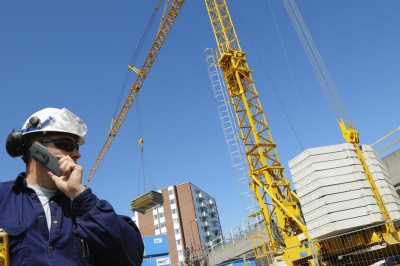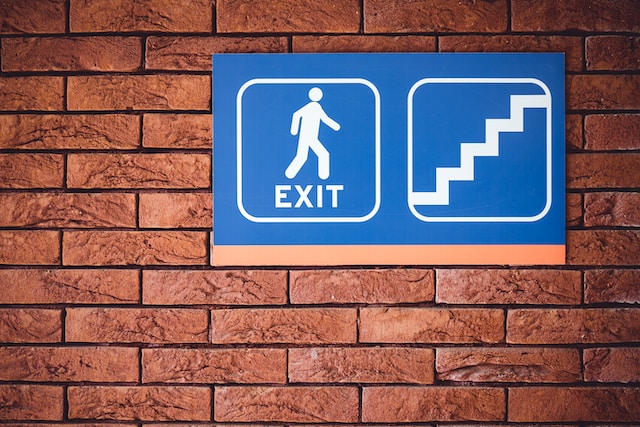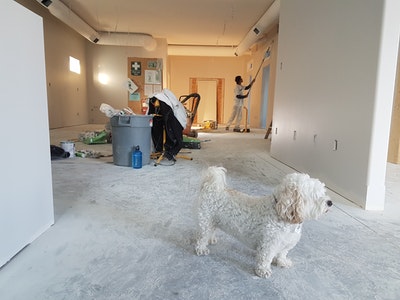What Goes Into Defining Property Boundaries and Why?
Why do property owners need surveys to define their property boundaries even though the land has been surveyed before? Every time property is bought or sold it needs to be resurveyed.
This protects both the buyer and the seller and can find previous mistakes or contribute to ending property disputes. A survey is a group of kinds of data that document a lot’s property lines, utility locations, topography, and easements.
This documentation is especially important for large projects that may involve a collection of land acquisitions such as a road or large commercial or residential development.
Who Needs a Land Survey to Define Property Boundaries?
Who needs land surveys? Everyone buying or selling property should have a survey as part of the purchase process. A person can request a copy of the previous land survey or a subdivision plot from the city clerk’s office.
These documents must have detailed information about property boundaries, but they are very complicated and meant for professionals to read. And how does that document translate into seeing the boundaries on the actual property?
So, hiring a professional surveyor becomes necessary. The surveyor goes to the actual land and places markers along the boundary lines of a property.
The reason multiple surveys are conducted over the years is that these markers don’t always stay in place. When a landowner can not find the official boundary markers, a surveyor must be hired to place new ones.
When there is a dispute about property boundaries, a surveyor must be hired by one or both parties. Land disputes can make both properties hard to finance or sell. If a neighbor starts to use property that is yours, it is time to put together your evidence and consult a residential tenant eviction lawyer with experience in dealing with land disputes. This will give you the best chance of building a case that defends your rights over the property and prevents your neighbor from using it unlawfully.
Cases such as fence lines, driveways and even buildings encroaching on a neighbor’s land are more common than one would think. It may be a drainage pipe crossing the neighbor’s property without permission. In all of these cases, it is important to act quickly, often hiring both a real estate lawyer and a surveyor.
When a large land project is being planned and multiple properties have been purchased, a surveyor should be called to mark the legal boundaries of the new plot that has been formed.
This can be a road project, a business park, or a housing development. When a large piece of land is being subdivided, a surveyor must be hired. Landowners should go to Cochran or other land surveying services for advice and help. Calling several companies and choosing the best one for the job is always wise.
There Are Different Types of Surveys
Different problems and projects require different types of surveys and survey companies might offer the following survey types:
- ALTA-ACSM Land Title Surveys is the kind of survey people need to satisfy the requirements of lending institutions and some purchasers.
- A property boundary survey establishes the true boundaries of any given property. This tells a landowner where their property starts and ends. This is a good survey for property owners wanting to build near a property line.
- Subdivision Platting is a type of survey where a landowner wants to divide their land into smaller plots. This requires a licensed surveyor to prepare a subdivision plat.
- Then there is topographic surveying which locates man-made and natural features on a piece of land. Architects and builders use topographical surveys to help in the design of developments or improvements on a site.
- The surveyor’s real property report is a legal document that clearly shows the neighboring public and private improvements surrounding a property. It shows the land dimensions, location, and anything affecting the property.
- A FEMA or NFIP elevation certificate or letter of map amendment (LOMA) is done by a licensed surveyor and provides needed elevation information on compliance with a community’s floodplain management ordinances.
- Survey certificates for FAA 2-C are for the Federal Aviation Administration. They provide the location and elevation information on cellular towers certifying they are located in the correct space.
- Easement Surveys will define where a utility company has a right to access a portion of the property to install, maintain, or improve utilities.
- Construction stakeouts involve a survey where staking out different stages of construction is done. These might include roadways, buildings, bridges, and utilities. There will be a survey document showing all the stake locations.
- Zoning and land use investigations require a surveyor’s report on zoning compliance for development projects. It will show existing and past zoning designations and restrictions for a property.
- Subsurface Utility Mapping services are needed when work is planned on a property with possible utility lines running beneath the surface. This map will show the exact location of underground utilities. Engineers and utility teams can avoid dangerous accidents and locate lines for maintenance or construction reasons. A property owner should contact a trusted land surveying service to find out which types of surveys are needed in their situation.
What Goes Into a Land Survey?
A land survey involves measuring positions of land on Earth. The land surveyor uses elements of trigonometry, geometry, physics, regression analysis, engineering, the law, metrology, and programming languages.
The tools they use might include hand-held tablets, GNSS receivers, digital levels, drones, surveying software, GIS, subsurface locators, and more.
Other tools might be robotic total stations, total stations, theodolites, retroflectors, 3D scanners, radios, clinometers, survey tripods and more.
A basic tenet of surveying is that there will be a small amount of error because no measurement is perfect. But they limit or avoid errors by calibrating their equipment carefully, good design in their reference network, and using consistent methods.
Repeated measurements are compared and averaged and two or more methods of measurements can be used and the results compared. When a surveyor has calculated a level of error, their work is adjusted. Surveyors have often held to a standard of error of approximately 1/8th of an inch or one one-hundredth of afoot.
All surveyors are not equal. Choose a surveyor with experience and a good reputation who uses the latest equipment. This is a field where keeping up to date is very important. They should use a combination of hardware, software, the latest proven techniques to do their job.
Checking a surveyor’s credentials, insurance, and customer ratings are important. Hiring a large well-established company is a good idea for commercial projects involving multiple elements and pieces of land.







